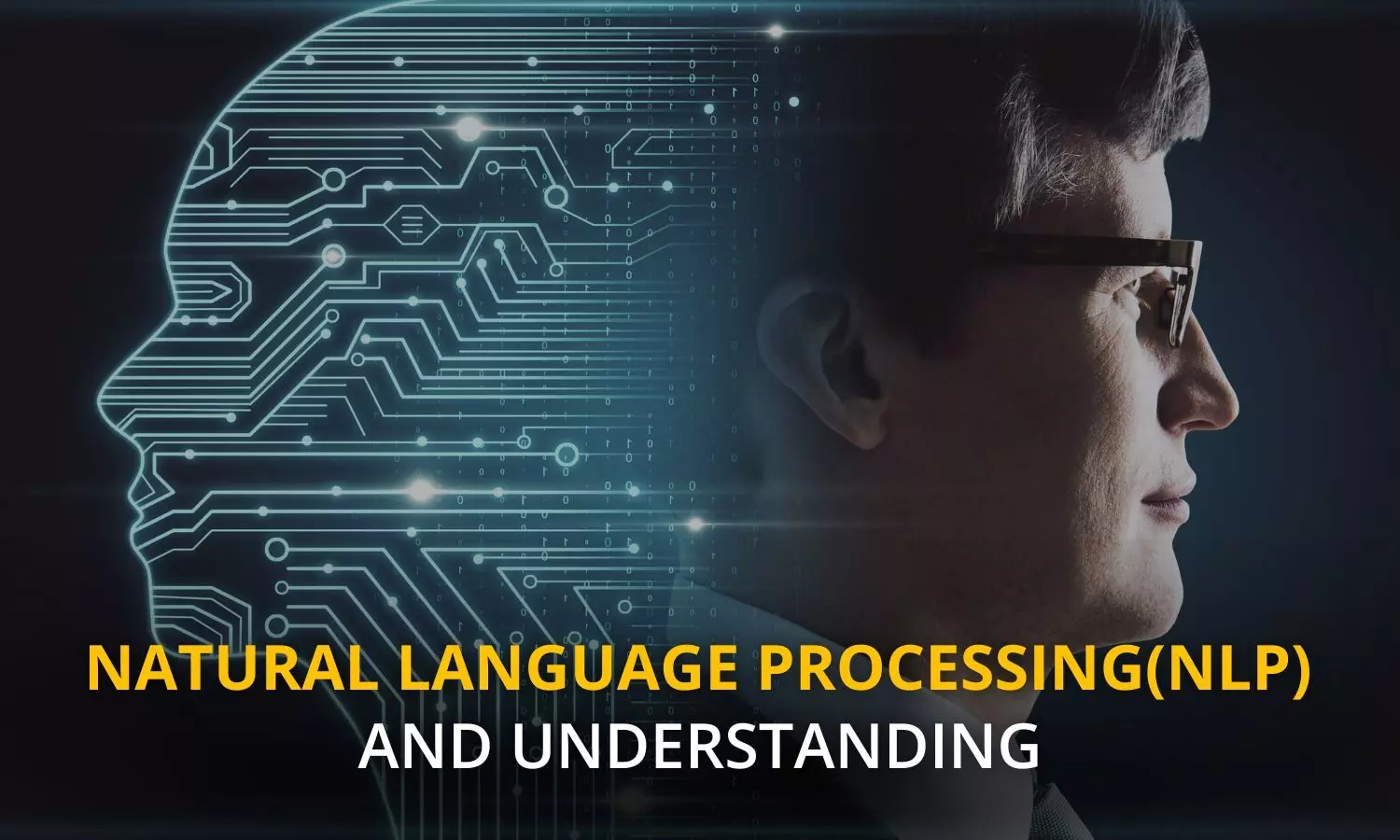Understanding Natural Language Processing (NLP): Transforming AI Communication
Explore the evolution and benefits of Natural Language Processing (NLP) in artificial intelligence.
Understanding Natural Language Processing (NLP): Transforming AI Communication

Natural Language Processing (NLP) is a part of artificial intelligence (AI) that helps computers understand how people speak and write. With NLP, machines can read and write like humans.
NLP makes it easier for AI chatbots to communicate with us. Additionally, it aids Google in making word suggestions as we input keywords.
NLP helps translation apps quickly switch languages. This allows AI to understand speech and respond smartly.
Benefits of NLP in AI
NLP offers many advantages in today’s technology: Automating Routine Tasks: NLP enables AI to manage simple, repetitive tasks and respond to basic customer questions.
Enhanced Data Analysis: NLP assists AI in examining large volumes of text data. By comprehending language, AI can identify patterns, recognise trends, and evaluate emotions. This is valuable for making well-informed choices.
Better Search Outcomes: When you search online, NLP allows AI to grasp your intent. For instance, if you enter “places to eat nearby,” NLP helps the AI display results for local dining options.
Content Generation: Advanced NLP systems can produce text that resembles human writing. They can create reports, social media updates, and marketing content, enabling businesses to generate material quickly and efficiently.
Different Approaches to NLP
NLP has changed a lot over the years, going through three main stages:
Rules-Based NLP: At first, NLP used strict rules. This worked some of the time but couldn't adapt well to new situations.
Statistical NLP: Machine learning made big improvements to NLP. AI started classifying and understanding language by finding patterns in data.
Deep Learning NLP: Today, AI uses neural networks to look at large amounts of data. Models like GPT and BERT have made understanding language better, making AI more accurate and effective.
Challenges
Bias in Training Data: AI sometimes learns from biased data, affecting its answers and decisions. This can lead to unfair results in areas like hiring and healthcare.
False-Negative Examples: Various dialects and slang can lead to confusion for AI, causing it to miss responses that are regarded as irrelevant.
Evolving Language Challenges: The NLP model changes quickly due to the evolving language, especially with new expressions cropping up frequently.
Understanding Tone: AI struggles to recognise sarcasm and subtle tones, which can make it less reliable.
Real-World Applications of NLP in AI
NLP finds applications in many real-life problems. Chatbots assist consumers in receiving replies to their queries.
NLP helps medical professionals understand patient records and identify essential data.
NLP technology allows text to be converted from one language to another, facilitating direct global connections.
Natural language processing has become an integral part of communication with machines across all aspects of life.
NLP and artificial intelligence are implemented across multiple industries.
Here are a few examples:
Finance: AI-powered NLP helps experts quickly understand financial data. This allows them to make faster and better decisions.
Healthcare: NLP helps AI read through research papers, patient records, and clinical notes rapidly. This speeds up research and assists doctors in making diagnoses.
Insurance: NLP can analyse insurance claims and streamline the review process, saving time for both insurers and clients.
Legal Field: In legal document analysis, AI assists lawyers in organising and categorising legal documentation, which helps in case investigation and reduces the time spent reviewing papers.
Key NLP Techniques in AI
Data preprocessing is a crucial step in NLP. It involves cleaning and organizing text, which helps AI understand it accurately.
Here are some common techniques:
Tokenisation: This process breaks text down into smaller parts, like words or sentences, and removes common words so AI can focus on the important ones.
Lemmatisation and Stemming: These techniques simplify words to their basic forms (like turning “running” into “run”), making it easier for AI to understand different variations.
Part-of-Speech Tagging: Each word gets labeled based on its role in a sentence, which helps AI understand how sentences are structured.
How NLP Helps Businesses
Businesses produce a lot of written content, like emails and messages, often using everyday language.
Natural Language Processing (NLP) helps computers quickly grasp this writing, pinpointing important information and making it easier for people to use AI tools.
NLP also helps computers understand specialised vocabulary. For example, it recognises terms used in technology and healthcare.
NLP assists voice assistants like Siri and Alexa in comprehending how we speak, allowing users to ask questions using simple language.
NLP employs two main techniques to enhance language understanding: syntax analysis and semantic analysis.
Syntax Parsing: This technique shows the structure of a sentence by dividing it into smaller components.
Semantic Analysis: This method helps AI understand the meanings of words and texts, including whether the same people or places are being referenced.
NLP has evolved immensely over time.
NLP began with simple rules, but now AI can understand complex language.
Challenges remain, such as tone issues and bias, which can affect the naturalness of conversations.
Since the 1950s, NLP has transformed from basic rules to using advanced AI for better understanding.
Nevertheless, challenges still exist, including tone recognition and potential bias. As NLP continues to advance, AI will interact with humans more naturally, allowing conversations to flow more easily and organically.
AI is becoming increasingly helpful and user-friendly due to natural language processing, enabling it to understand our words and needs, thereby creating new opportunities.

